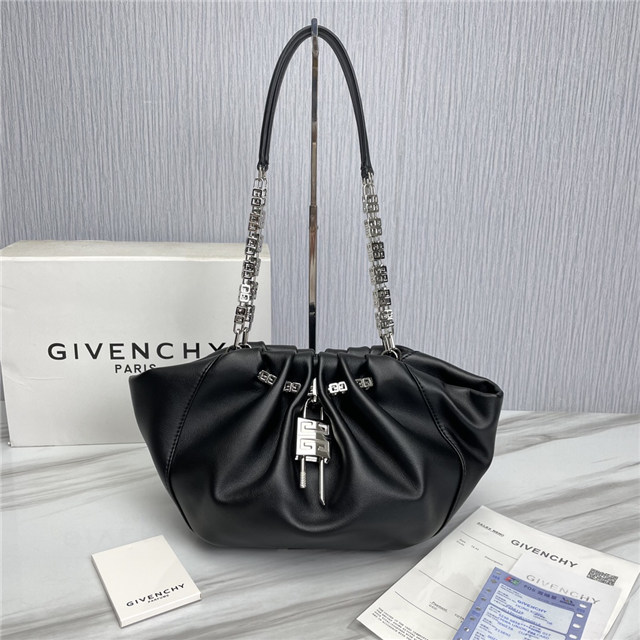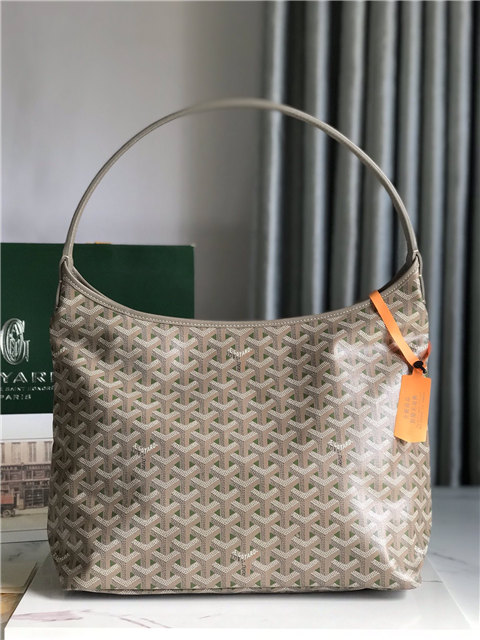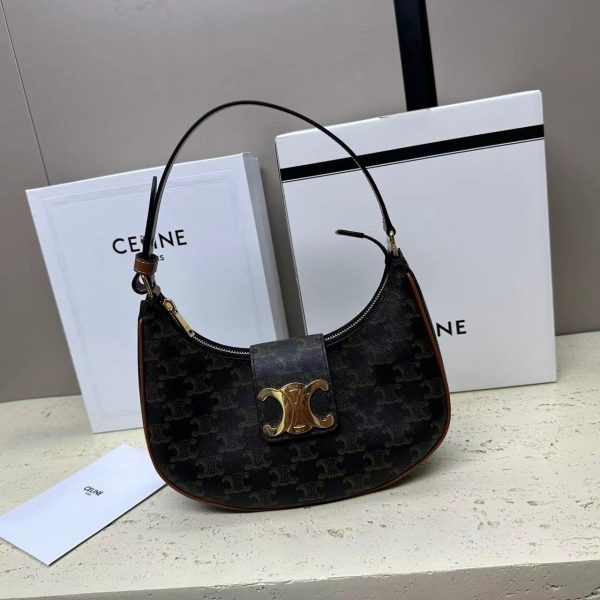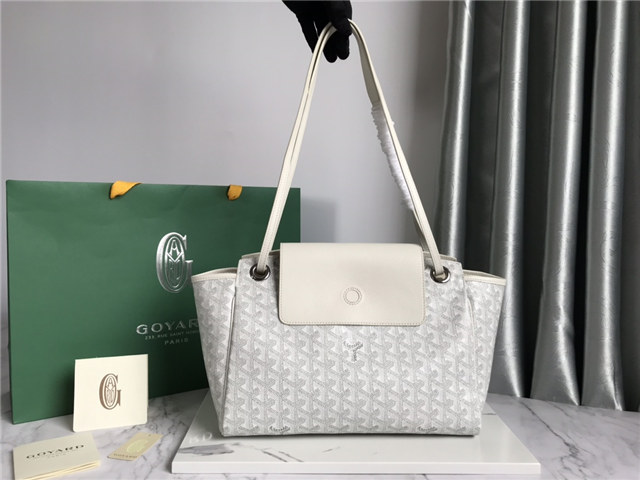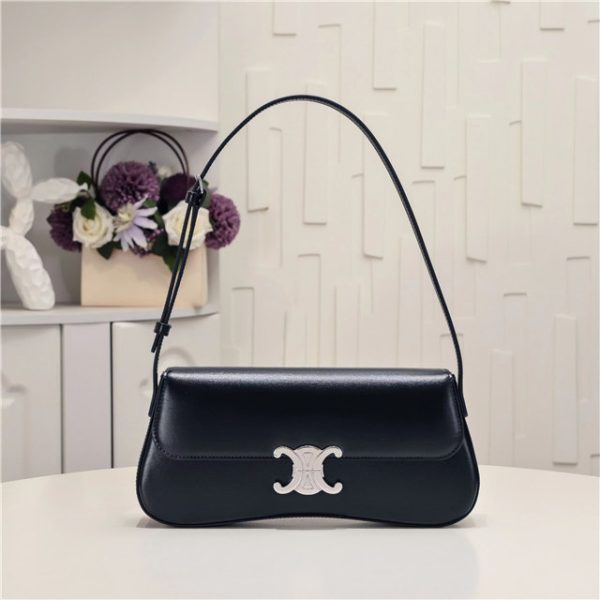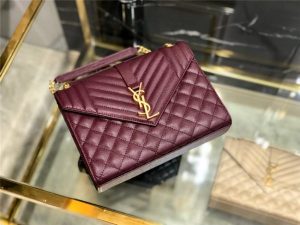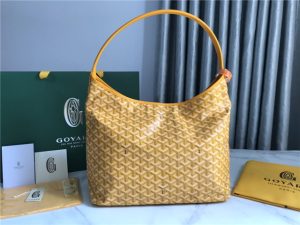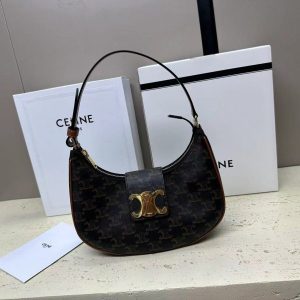First off, let’s be real, nobody *wants* a fake, right? I mean, imagine thinking you’re rocking a solid gold Waltham from the early 1900s (those things are legit, by the way, with their fancy Dennison gold-filled cases and whatnot – saw something about those, like, 11,500 of ’em were made!), only to find out it’s just…plated. Bummer! But, hold up, let’s not throw the baby out with the bathwater, ya know?
Sometimes, a “fake” gold pocket watch isn’t necessarily *trying* to fool anyone. Like, think about props. That article about making a prop pocket watch? That’s not aiming for authenticity, it’s about making something that *looks* good for a play or a movie. It’s all about the visual, baby! And honestly, some of those DIY ones actually look pretty darn convincing. You could change the color, make it look all antiqued and stuff… pretty neat, actually.
Then there’s the *other* kind of fake. The kind where, maybe, the seller isn’t exactly being upfront about the whole “gold” situation. That’s where knowing your stuff comes in handy. See that bit about identifying Elgin pocket watches? That’s the gold truth! (Pun intended, haha.) Look for hallmarks, “14k,” “18k,” or even “750.” If you don’t see any of that, well, proceed with caution. A magnet test can also work, gold is not magnetic.
And I gotta say, some of these “Realpoo Glod Vintage Hollow Pocket Watch” things… the name alone screams “buyer beware!” (Though, to be fair, I’ve seen worse names for stuff online). I mean, c’mon, “Glod”? Really? Sounds more like something a goblin would hoard, lol. But hey, maybe they’re just going for a certain aesthetic.



